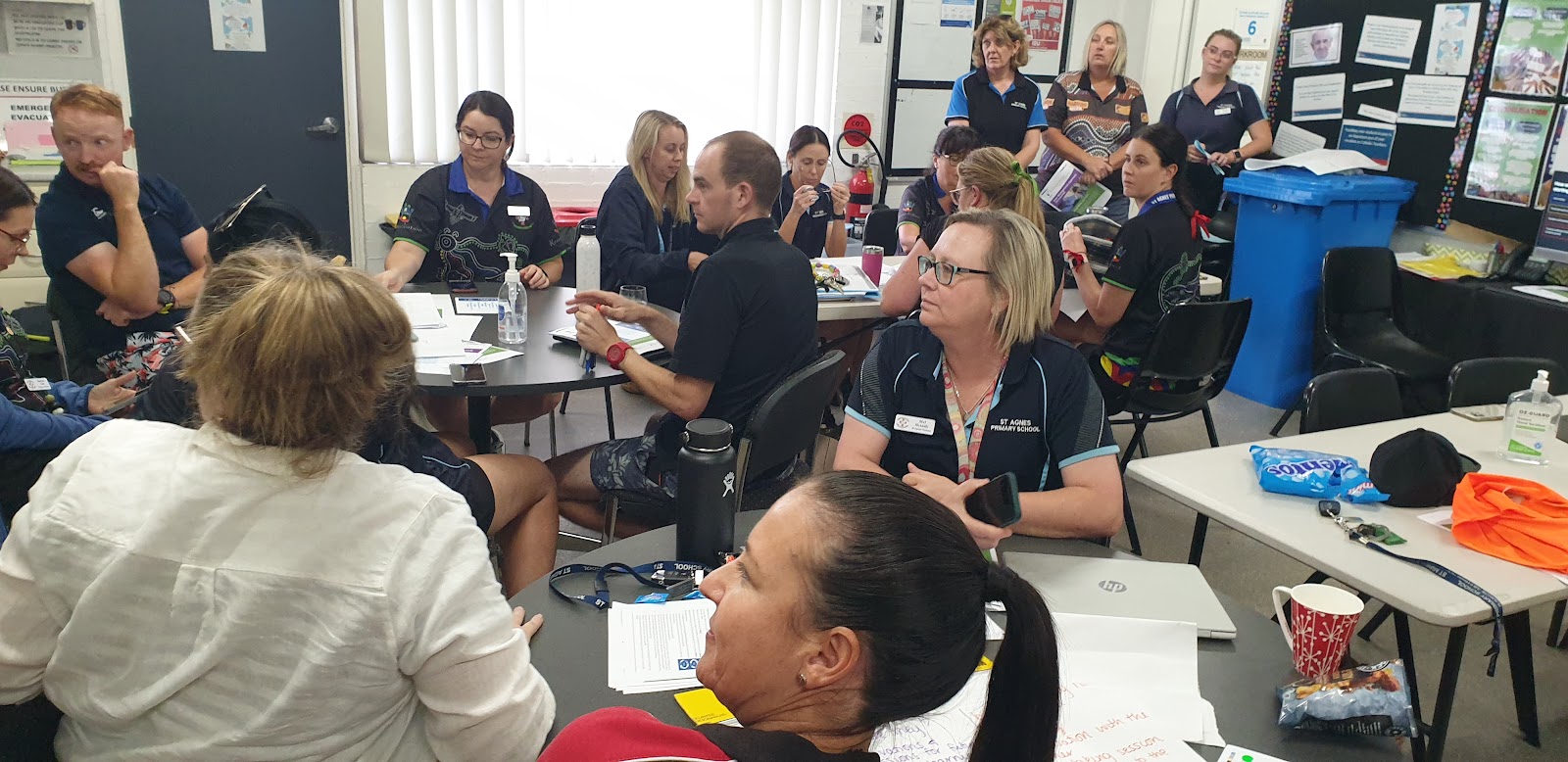Learning Intentions and Success Criteria
We begun our session by listening to Hattie on what the research says about the effect of clear Learning Intentions and Success Criteria on student learning.
We watched a clip from Lyn that discussed how Big Ideas and Guiding Questions surround the Assessment Waterfall chart. Staff discussed how they develop BI an GQ's in their planning sessions. How do we infuse higher order thinking skills into our units of study? How do we give students time to develop inquiry questions and draw out the Big Ideas? Why do we do this?
We then went through the following slides and discussed.
Lyn links the Learning Intentions to the Walks and Talks we will be undertaking. She emphasised the following:
Staff highlighted how the 'so that' sentence stems helps to ensure the 'why' we are learning something is covered. It challenged staff the need to move away from WLT, WILF and TIB. Learning Intentions are not about 'doing' but about 'learning' and come from the syllabus.
When Lyn discussed how the LI and SC are drawn out at different times in a lesson (they are not lock steps) our staff immediately questioned how this might look in the Mathematics block. We discussed in detail how the LI comes about during a rich task, whilst they are exploring answers/strategies with students, drawing this out for students. It might happen at the beginning, end or even during the lesson.
Staff were asked to go on a gallery walk (virtually) of Learning Intentions and make comment on a jamboard.
These were what staff said about the quality of these Learning Intentions:
Staff were then asked to construct a Learning Intention to share with the group using the chat function. It was to be based on their present unit of work in any Key Learning Area.












Comments
Post a Comment